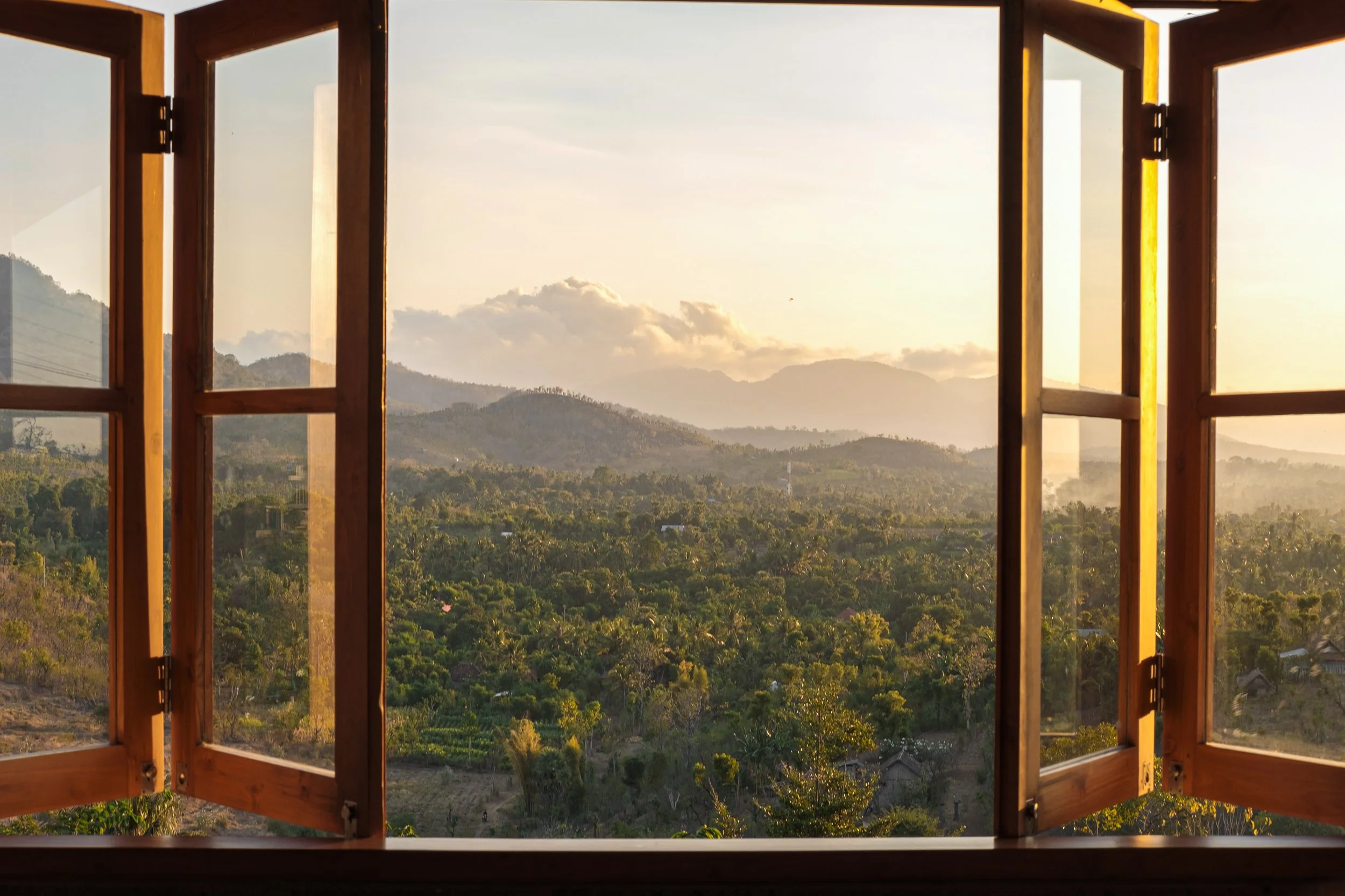Therapy, like tending a garden, is an act of devotion—an offering to growth that changes both the one who tends and the one who is tended.
A German patient once shared a phrase with me that has stayed close to my heart:
"Geteilte Freude ist doppelte Freude. Geteiltes Leid ist halbes Leid."
A pleasure shared is a pleasure doubled. A burden shared is a burden halved.
This simple truth captures the essence of therapy: an act of sharing that transforms both the joy and the sorrow of being alive. Entering therapy takes courage. It asks for trust—to offer your inner life into shared space—and it asks for presence from both the therapist and the client.
It is not a one-way offering, but a living, breathing exchange.
Therapy And The Art of Gardening
I see therapy much like tending a living garden. Growth is never forced. It emerges naturally when the right conditions are nurtured—through patience, care, presence, and trust.
The therapeutic relationship is not a place where I, as a clinician, stand above another and cultivate growth in isolation. It is a space where both the therapist and client become stewards of something alive, something that changes both of us in its unfolding.
Over time, I’ve come to see that three elements are essential in creating the environment for meaningful growth: trust, adaptability, and compassion—the soil, water, and sunlight of therapy.
Soil: Trust as foundation
Healthy soil anchors a plant, offering nourishment and stability.
In therapy, trust is the living soil. It is the foundation from which vulnerability can emerge and real transformation can take root.
When trust is present, defenses soften. The protective barriers we once needed begin to loosen. To cultivate trust, I strive to create a space where you feel seen, heard, and validated without judgment—where your experiences, emotions, and even silences are honored.
This soil holds us both—offering the ground upon which your deeper self can stand and grow.
Water: Adaptability as flow
Water nourishes the roots, carrying essential nutrients throughout the plant. Yet too much or too little water can hinder growth.
In therapy, adaptability is the water—meeting you where you are, adjusting the flow according to your needs. Sometimes it looks like gentle support; other times it may involve offering challenges, reframing old narratives, or introducing new skills.
Being adaptable allows us to find the rhythm of your growth: when to listen, when to ask, when to nudge, when to simply hold stillness.
Like water, therapy must be alive—responsive, intuitive, and willing to shape itself around your unfolding.
Sunlight: Compassion as vital energy
Sunlight sustains life, creating energy and warmth for growth.
In therapy, compassion is that vital force.
Compassion is more than kindness. It is the deep attunement to another's pain and possibility, held with the intention of fostering healing.
It brings warmth to the often difficult work of change. It lights the dark spaces we explore together.
Compassion strengthens from within, inspiring both resilience and a greater capacity for love—toward oneself and toward the world.
When compassion is present, it not only warms the heart of the client, but continually renews my own heart as well.
A Living Reciprocity
Every therapeutic relationship is an act of shared tending.
While I may hold the role of guide and gardener, I do not stand outside the process. Your growth invites my growth. Your courage nourishes my own. Your unfolding reminds me of the sacredness inherent in every human being, in every story.
In this way, therapy is not a one-sided act—it is a living reciprocity, a shared garden we cultivate together.
I believe that all individuals carry the seeds of growth within them. With the right care, attention, and conditions, these seeds can bloom into new life.
And when they do—when joy is shared, when burdens are lightened—it becomes a gift for us both.




